Editor’s Note: This story is part of an ongoing series on California’s drought. Be sure to read Chapter One and Chapter Two.
—
“I think the biggest thing is that people look at us and don’t see the human side. They think it’s big corporate farms. They don’t see the real families, the grandkids. The stress the drought has put upon them is very real. Take away anyone else’s money and see how they’d behave. It’s real easy when it’s someone else’s problem.”
— Craig Scharton, Peeve’s Public House
It’s the end of 2015. Most of us are tallying up the events of the past 12 months and looking forward to the new year. But for farmers in California’s Central Valley, it’s another year checked off in this drought. With the effects of El Niño expected to hit later this month, farmers are looking at 2016 with cautious optimism.
I’ve spent the last six months traveling up and down parts of the Central Valley, meeting with growers, watching them harvest their crops and collecting their stories. I consider myself fortunate to have been given an insider’s look into the lives of those who grow our food. But for most people, there’s still a disconnect between the producer and the end product. For many of us, the relationship we have with our food is confined to our grocery store or the restaurants we frequent. In order to shed more light on this subject, getting the perspective of businesses who deal directly with farmers is important in establishing how this drought affects all of us.
So once again, I pack my gear and hit the road for another journey into the heart of California’s breadbasket, this time to meet with a farm-to-table food establishment.
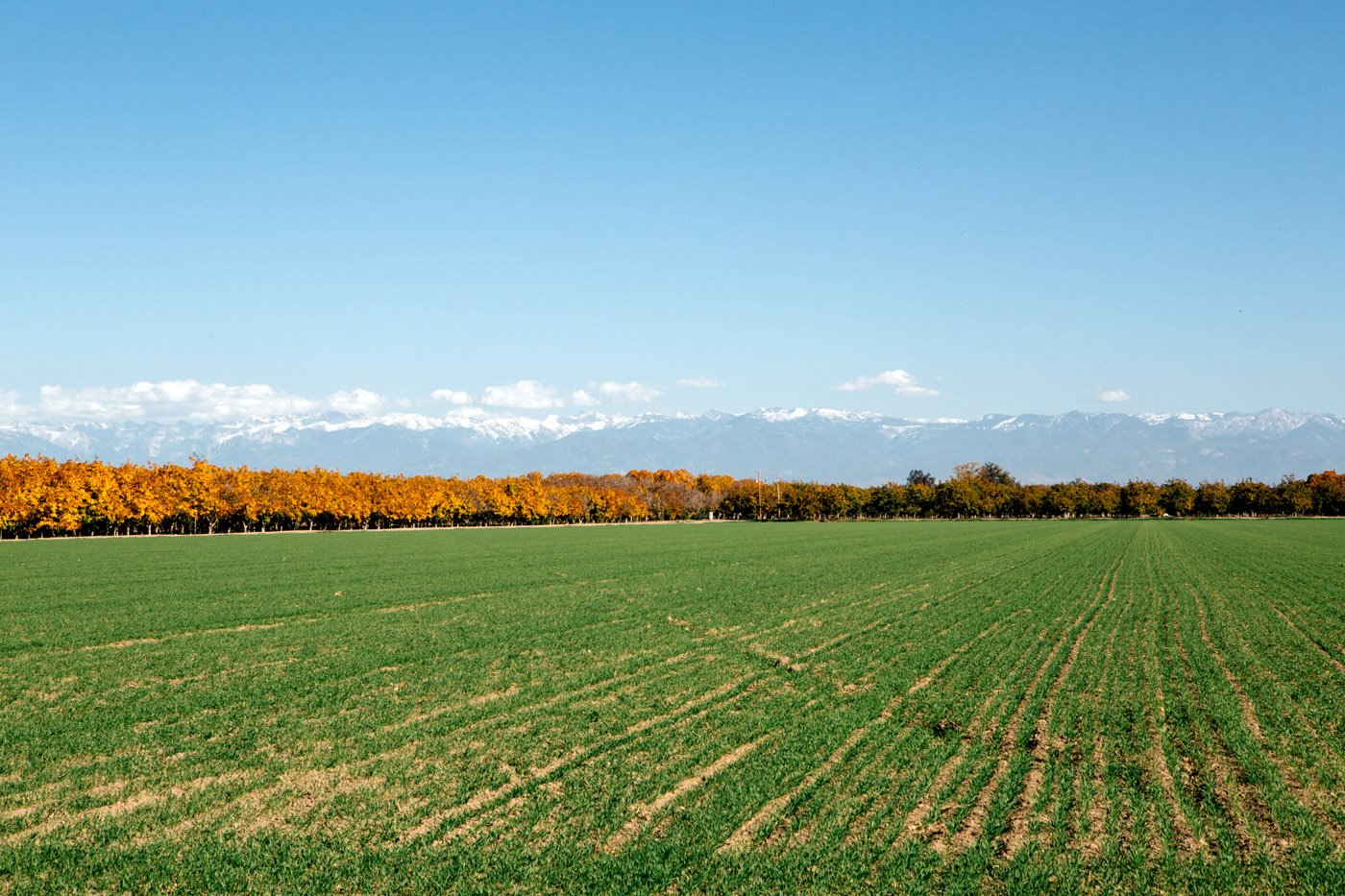
Fresno, California
Peeve’s Public House is more than just your average pub or restaurant. Now open for a little over two years, owner Craig Scharton started this business with a clear plan in mind. “The idea for us was to support local in everything we did, and also the downtown [Fresno] revitalization,” says Scharton. “We wanted to do those two things: to show that people would come downtown if you did the right things, but also have a core belief of supporting locally owned businesses––especially farmers and food makers and beer and wine makers and artists and musicians.”
Located in the heart of downtown Fresno, Peeve’s has a laidback atmosphere, and is a place where people actually know your name. Appealing to a large demographic, it has garnered a lot of community support. “We wanted to create this idea of developing a Fresno style. We began thinking through the food that we use, through the beer and wine, the music and art––it all kind of plays together. You could be inauthentic and just create a style. But if you’re going to do it authentically you have to think about who we are, where we are, what we’re good at, where we come from,” Scharton explains. “If you look at downtown Fresno, we’re at the center of four counties: Fresno, Madera, Kings and Tulare. That’s the Central California region; Fresno County has 300 commercially grown crops. We grow food year-round, which we tend to take for granted.”
Working with five local farmers who supply the majority of fruits and vegetables for Peeve’s, Scharton says he’s seen issues with supplies due to the drought. “One of our favorite farms we like to work with––they have so much variety and do both row crops and tree crops––is KMK Organic Farms. Their well went dry so they have literally cut their production in half. And of course they have to keep their trees alive, so that really cuts down on their ability to do row crops.” Row crops, like tomatoes and lettuce, are planted every year. Tree crops, or permanent crops, have to be irrigated regularly, year after year. “So that’s a very real thing for us––certainly way more real for them––and probably the clearest example of the drought,” says Scharton. “The drought has been the thing that’s gotten people in Fresno more in touch with their farmers.”
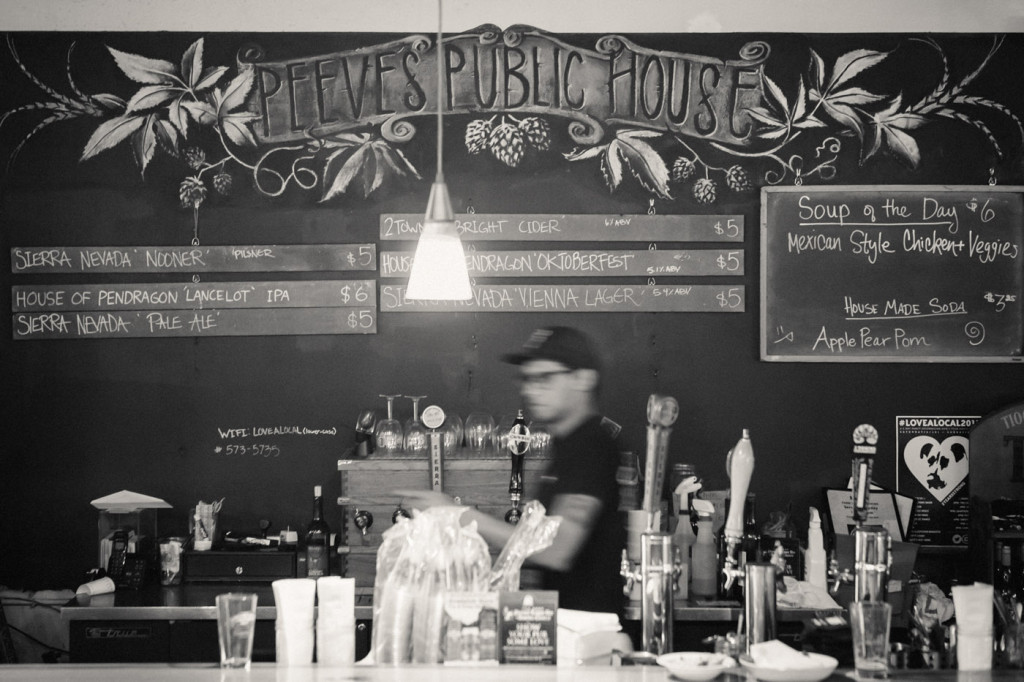

The menu at Peeve’s is true to farm-to-table. Each month, Scharton’s team adjusts the menu so it includes the best produce available from farms that particular month. He has the kitchen prepare a Peeve’s S.A.W. (spinach, apple, walnut) Salad made from seasonal baby spinach, granny smith apples, toasted walnuts, pomegranate arils and grilled chicken, topped with a pear vinaigrette. Scharton also has me try their Bari Olive Tapenade, made with Bari Olives from Dinuba and served on crostini made from locally baked bread. As we begin our lunch, I ask Scharton if he’s thought about the repercussions of a drought lasting five or six years.
“I worry if this drought keeps going on it’s going to affect the entire community. If you look at the agriculture production numbers, they’re still high. But that doesn’t really tell the individual stories. It doesn’t tell the part about overdrafting the aquifer or what kinds of things they’re planting. Almonds make money, but are we thinking about where we’re planting them? And is there a long-term water source where we’re planting them? What we are growing and where is more important. The Westlands Water District doesn’t have guaranteed water rights. If you plant trees in a place where you don’t have guarantees, then that becomes the issue because now you have dying trees. If you just plant tomatoes where you don’t have water rights, you may just get half your rate one year, but then you just plant half as many tomatoes. It’s still a big hit, but you’re able have more flexibility.”
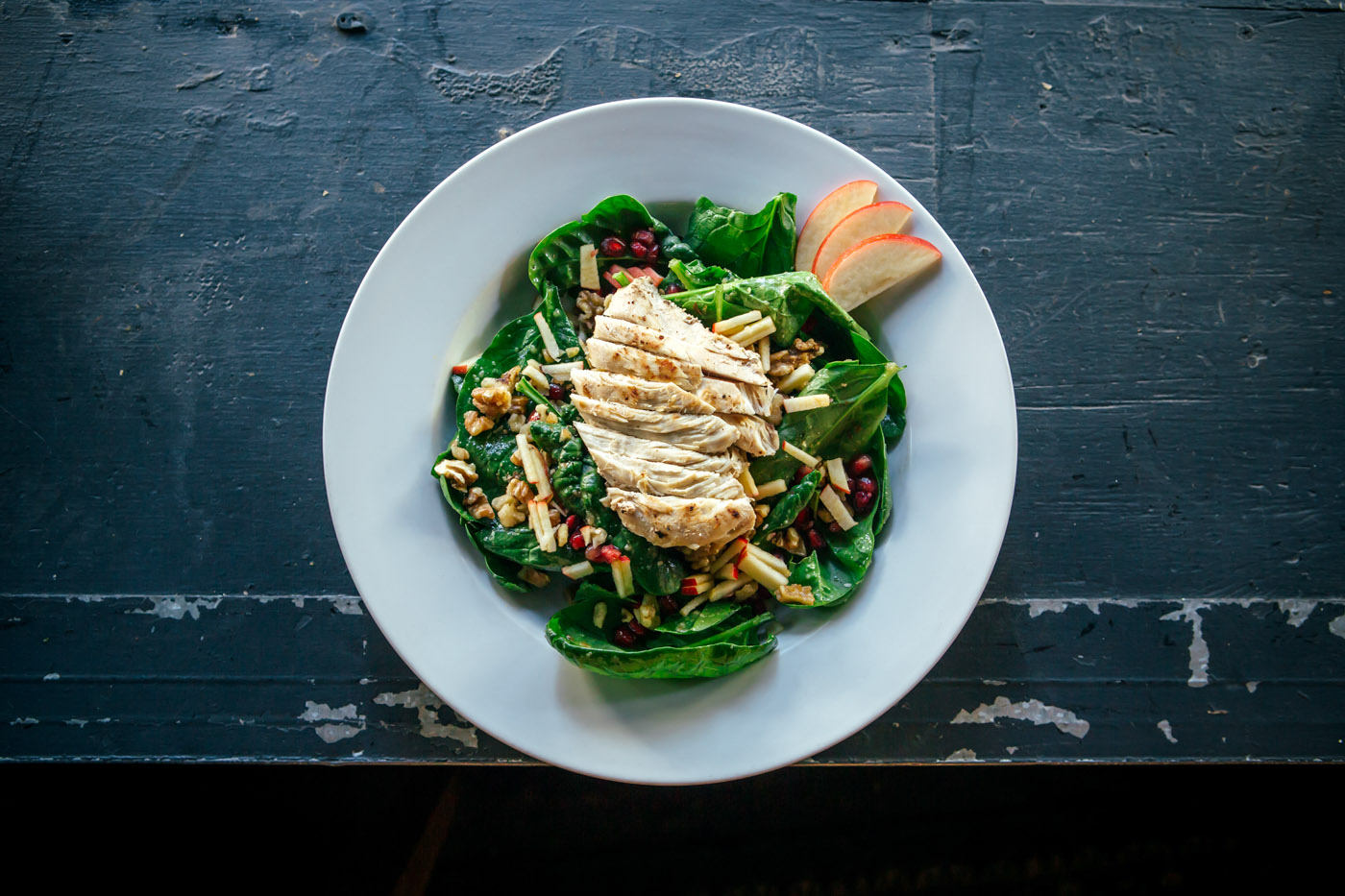
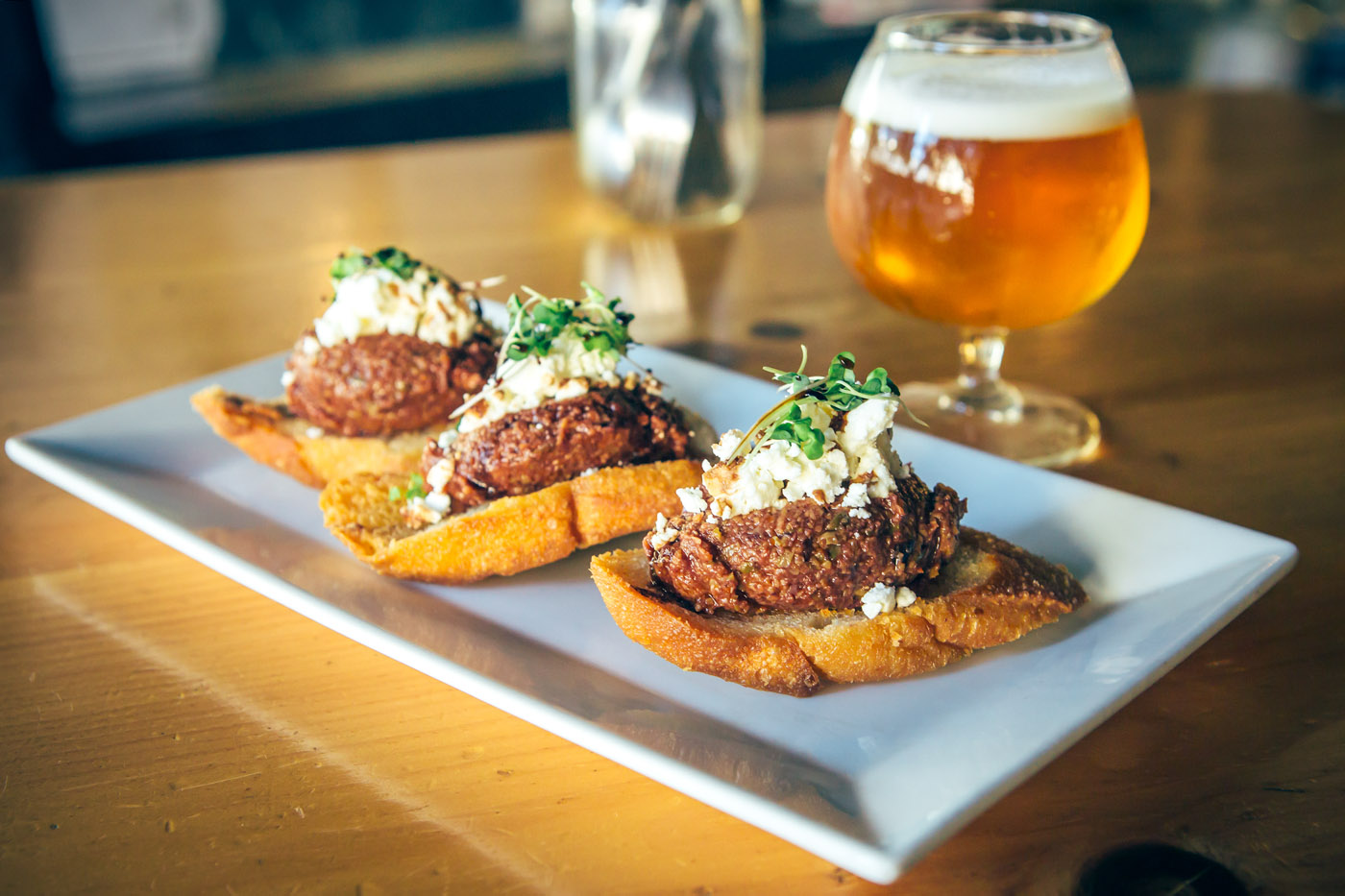
The Price of Food
With the drought nearing the end of its fourth year, California farmers in the Central Valley are fallowing hundreds of thousands of acres and spending millions of dollars to access water. The Economic Analysis of the 2015 Drought For California Agriculture by UC Davis states, “We estimate the 2015 drought may result in the fallowing of 542,000 irrigated acres, almost all (99.5 percent) in the Central Valley. Continued drought through 2016 and 2017, assuming 2015 water conditions for both years, shows a slow decline in the water tables, and fallowing increasing by a few thousand acres, reaching nearly 550 thousand acres by 2017.”
The ongoing drought in California has also raised concerns about potential rising food costs at supermarkets and grocery stores. The United States Department of Agriculture Economic Research Service findings for food price outlook 2015-2016 states, “The most notable annual inflation was seen in those foods located on the perimeter of the grocery store—retail beef and veal, pork, eggs, fish and seafood, dairy, and fresh fruit all experienced above-average price increases.” If the drought persists through 2016, the ERS reports, “prices for fresh fruits are predicted to rise 2.5 to 3.5 percent and fresh vegetables are expected to increase 2 to 3 percent––increases that are closer to the 20-year historical averages.”
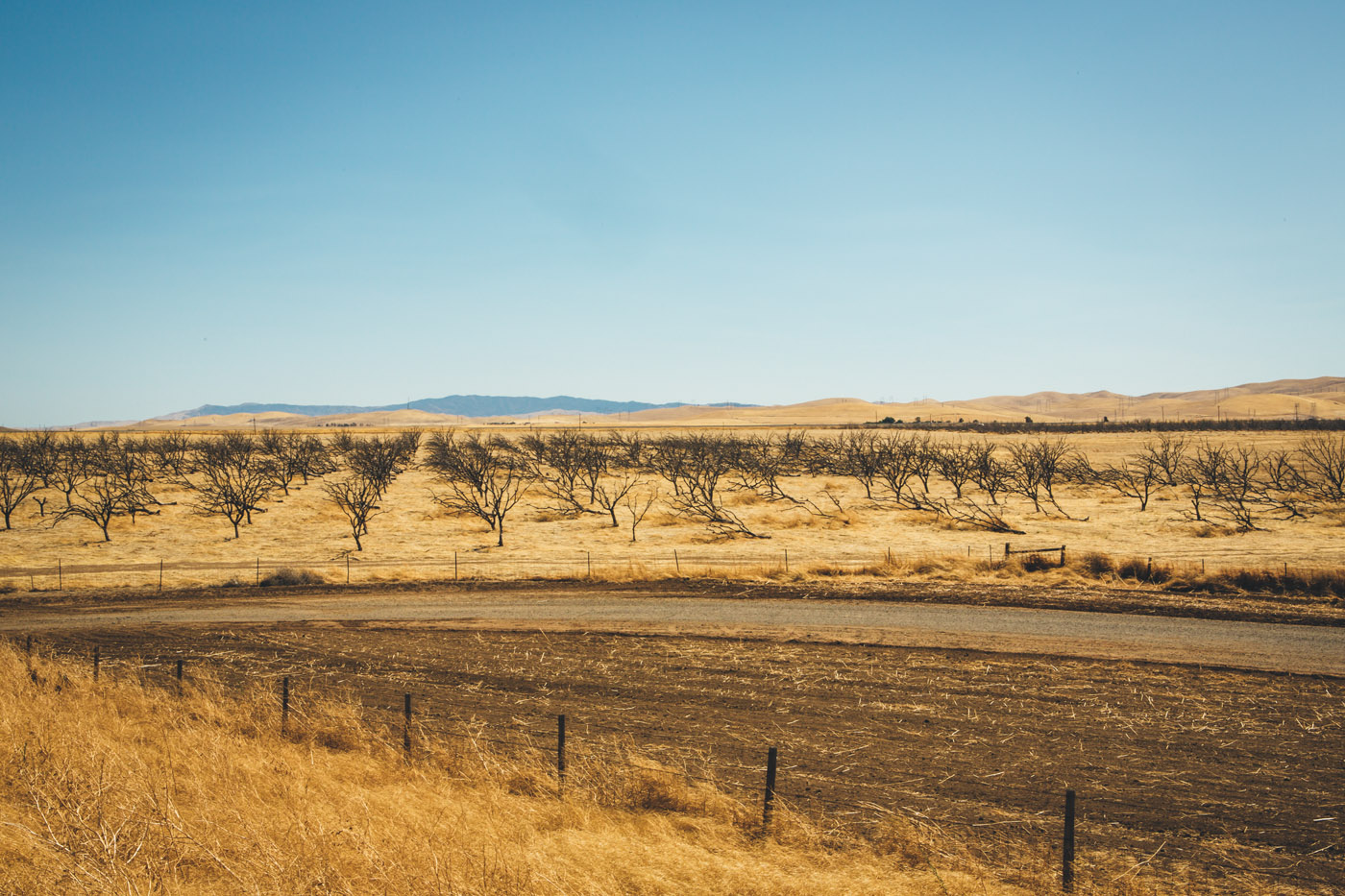
Culver City, California
Product from the Central Valley can be found throughout North America, so it’s no surprise to see it being used within Los Angeles County. I wanted to get the perspective of businesses outside of the hardest hit areas, where perhaps the drought isn’t front of mind. At Sambar Restaurant in downtown Culver City, owner Akasha Richmond uses local, seasonal ingredients in all her multi-regional Indian dishes. “I’ve always shopped farmer’s markets. The whole premise behind my restaurants was buying farm-fresh and using local ingredients. You can’t not do that considering where we live––it’s pretty easy,” says Richmond. With farmer’s markets galore in Los Angeles, Richmond is able to source the freshest ingredients almost daily. “When you have an avocado from the farmer’s market and then you buy one from the grocery store, there’s no comparison. The food just gets too beat up––it stays too long in cold storage and trucks. When you go to the market and a farmer has picked something on Friday and brings it the market on Saturday, you can’t beat it. Everything just tastes better.”
Richmond sources her ingredients from farmers in both the Central Valley and the Central Coast. Her Punjabi Mama Greens Saag is chock full of fresh mustard greens and spinach from Thao Farms, and the Masala Braised Short Ribs are accompanied by sweet potatoes also from the same farm. Richmond says she is noticing a price increase on her bottom line over the last couple of years. “All prices have gone up. Butter is almost double. The fruits and vegetables seem pretty stable, but the proteins like chicken have gone up.”
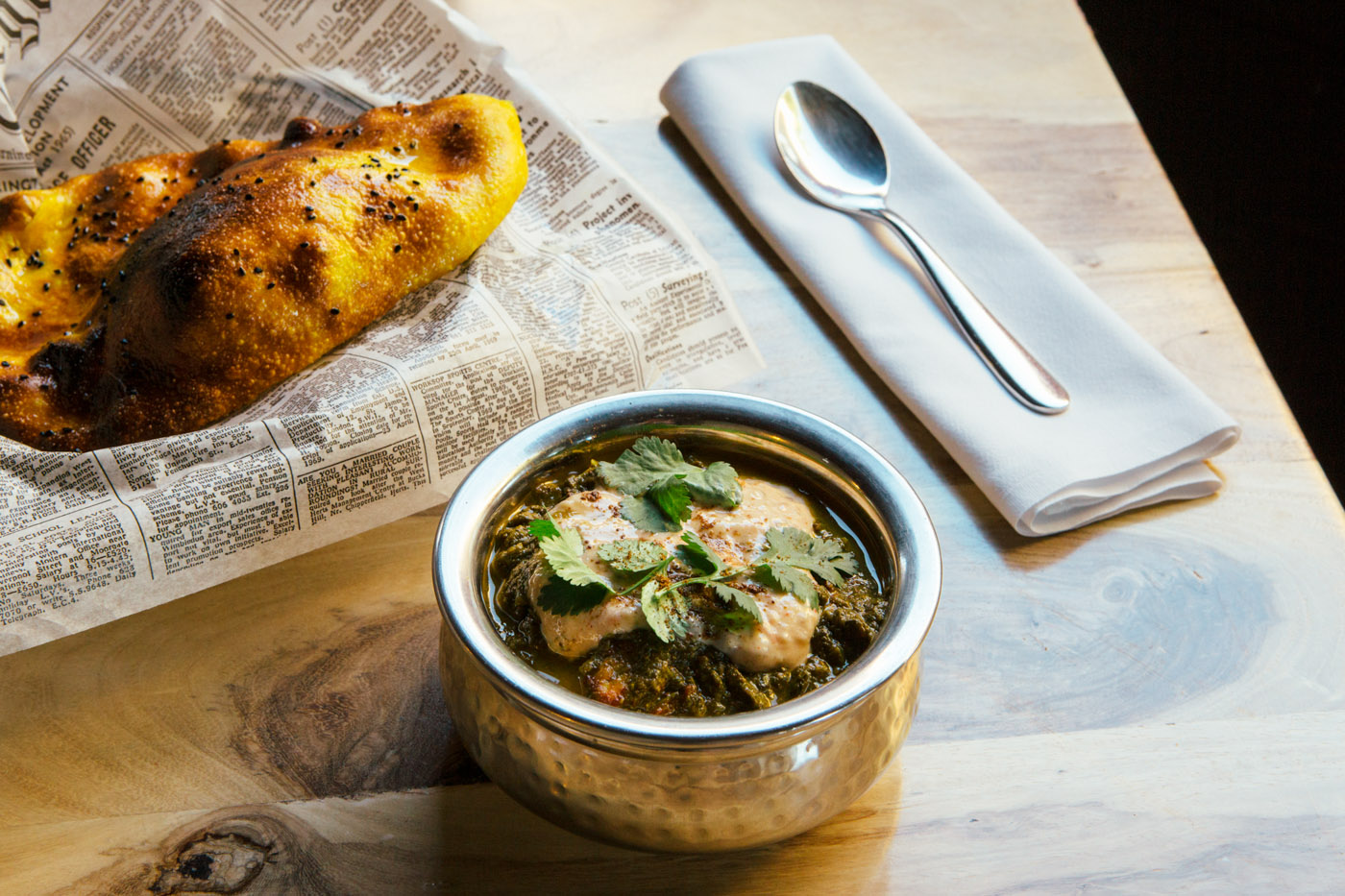

Mar Vista, Los Angeles, California
The dairy industry generates more revenue than any other farm commodity in California, but the severe drought in California has raised farm expenses considerably. Local businesses, like Sweet Lucie’s Organic Ice Cream, are seeing those costs being passed down. “When we opened in 2010, our organic dairy prices were pretty much flat,” says Geri Czako, owner of Sweet Lucie’s in the Mar Vista neighborhood of Los Angeles. “In the last two years, our organic dairy has increased by 11 percent.” The ice cream shop also uses nuts like pistachios and pecans, which have also increased in price.
Losses to California’s dairy industries are due primarily to higher costs and lower availability of California-produced forage–feed for cows that include hay, silage and pasture. Though milk production has dropped since 2014, it has remained high outside of California. Other states are trying to lure away milk producers by promising water, a stable feed supply and abundant land. Some California dairymen are considering moving their cattle out-of-state so as not to deal with the stresses of water shortages.


Rain Is Coming
El Niño––a weather event occurring every two to seven years––is a result of weakening winds over the tropical region of the Pacific Ocean and warmer sea surface temperatures. This sets off a range of different consequences, from drier conditions in parts of Asia to more precipitation in parts of North America, specifically the southern parts of the U.S., including California.
El Niño will bring some much needed relief to the drought-stricken Central Valley. With predictions that this may be the strongest El Niño on record––beating out the winter of 1997-98, which currently holds the record––there are hopes that rainfall will help increase water levels in depleted reservoirs. Scientists say they expect El Niño rains to be concentrated in the months of January, February and March. However, after four years of drought, one El Niño won’t solve the problem.
The big question is whether El Niño will bring rain instead of snow to the mountains of Northern California––a crucial source for the state’s largest reservoirs. Snow is favored because it can melt slowly during the spring and summer seasons, gradually refilling reservoirs. But precipitation coming down as rain in the mountains can force dam managers to flush out much needed water to the ocean, in order to keep reservoirs from overflowing dams.
Conclusion
It’s impossible to return to blissful ignorance after the conversations I’ve had. And though I’m not directly involved with any of the farms or businesses I’ve visited, in sharing their stories I feel like they have become my own. Farmers, like the lands they tend to, are a resilient bunch. Feast or famine, they’ve weathered difficult times since the dawn of agriculture. And though this drought is completing its fourth year, I hope for their sake and ours that the tides will finally turn.

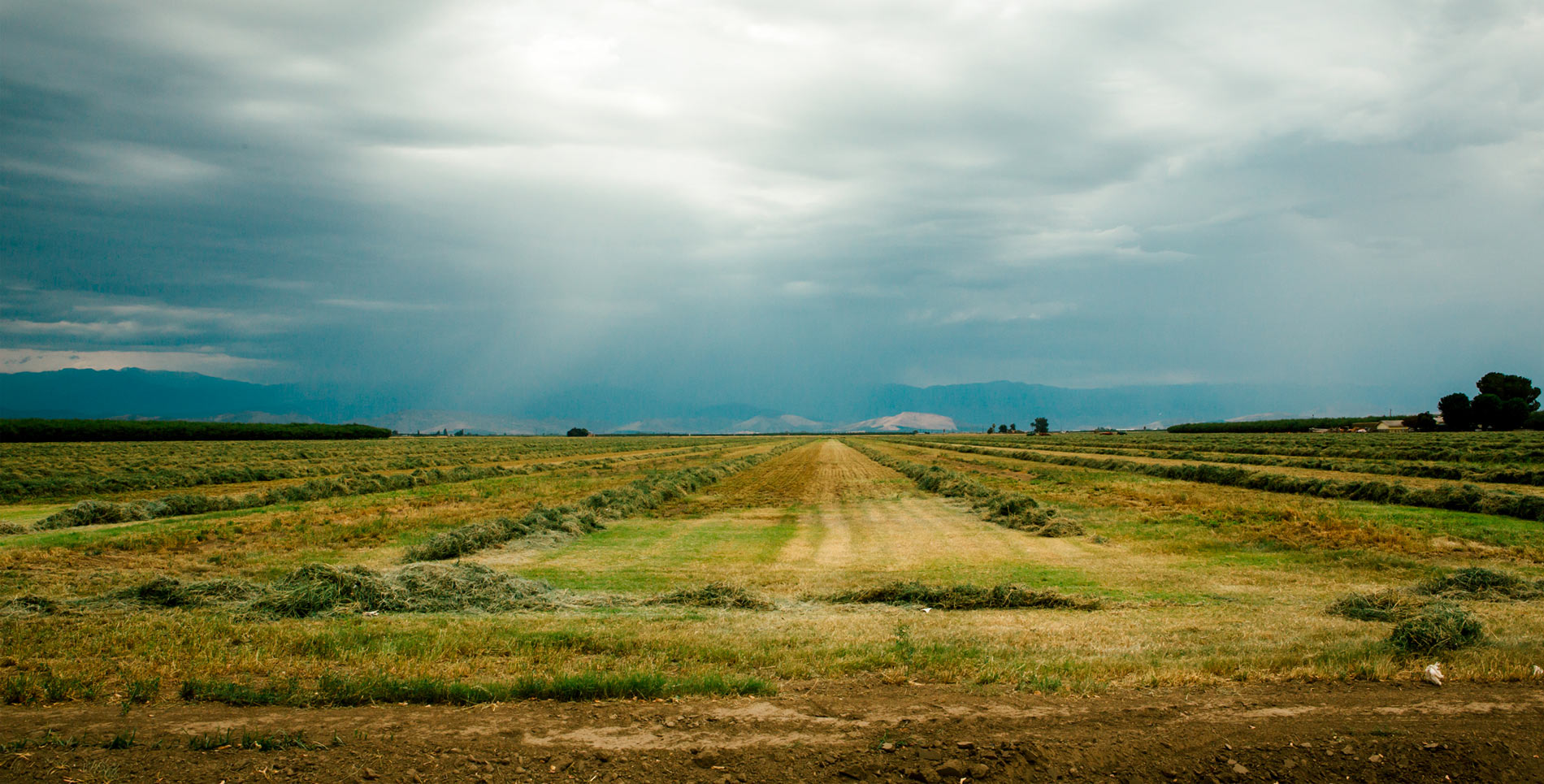

Our comments section is for members only.
Join today to gain exclusive access.